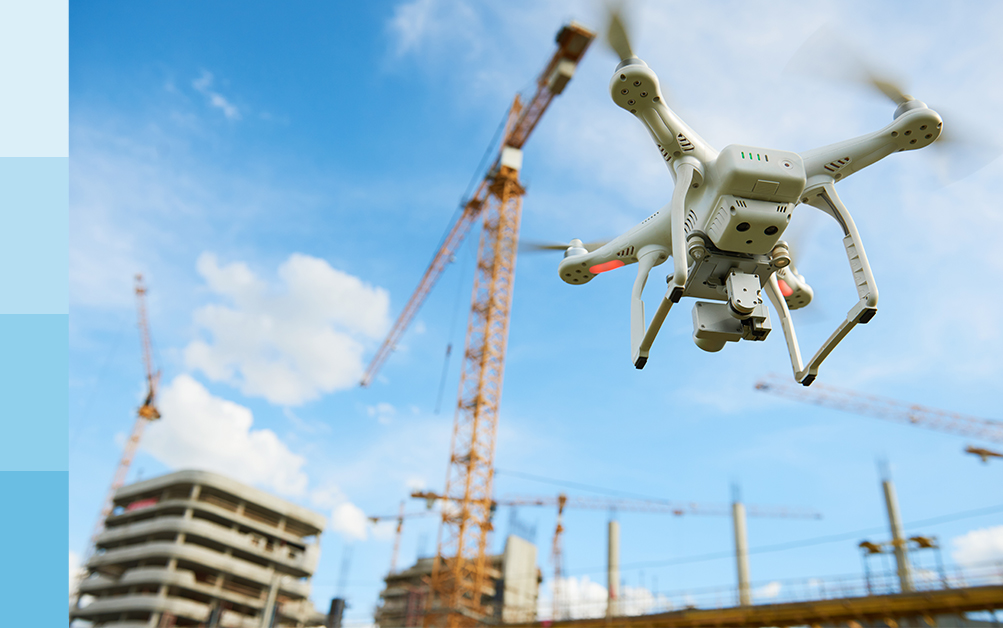The UK’s construction industry is advancing and evolving in futuristic ways that are difficult to fathom, think robotic surveyors, and it’s as if there’s an ongoing race between man and robot to determine which approach to construction is the most efficient.
The rapidly developing technology that is being slowly introduced to the industry is aiming to improve production speed, quality, and expenses. Not only do construction robots save workers time and money, but they also reduce the risk elements in dangerous situations on-site, for example falling from scaffolding or being exposed to certain fumes.
Although, the demand for manual labour isn’t dead – workers are still a necessary component of both the manufacturing and maintenance or robotic assistant in construction. For example, many of the robots need constant supervision to make sure that they are working accordingly.
Robots can come in various shapes and sizes, specialising in lots of different areas; drones are being used increasingly in the planning and surveying stages, for architecture and the transportation of lightweight objects. 3D printing can be used to construct walls and lay cement, and robotic arms can be used to lay bricks and organise the site. This level of artificial intelligence is transforming the traditional elements of construction sites.
A recent phenomenon that is attracting attention across the industry is the AI robot which uses smart technology. This is a small, tank-like robot that is designed to patrol active or potential sites in order to assess any risks or errors, essentially robotic surveyors.
Using hypersensitive technology, this type of assistance can also be provided with drones, using sensors to provide crucial information about the site. These robots can use the data programmed within their systems to check for faulty installations to warn the workers before any drastic reversions are needed.
Surveying the area can take a long time and it requires intense attention to detail – even when protocol is followed, there’s still room for error. Aerial drones and ground-based robots can analyse the site with sensors, using live video streaming for the operator to ensure minimal mistakes.
To demonstrate the growing level of interest and investments dedicated towards construction robots, a Chinese drone maker for DJI has signed a partnership with Skycatch for a collection of 1000 custom drones to use their high levels of precision to create 3D maps of sites for project models.
Industry experts say that the demand for manual labour in construction is still high although, robotic assistance is increasingly being used to evaluate and eliminate as many risk or cost factors as possible, and worksites are benefiting from them greatly.

